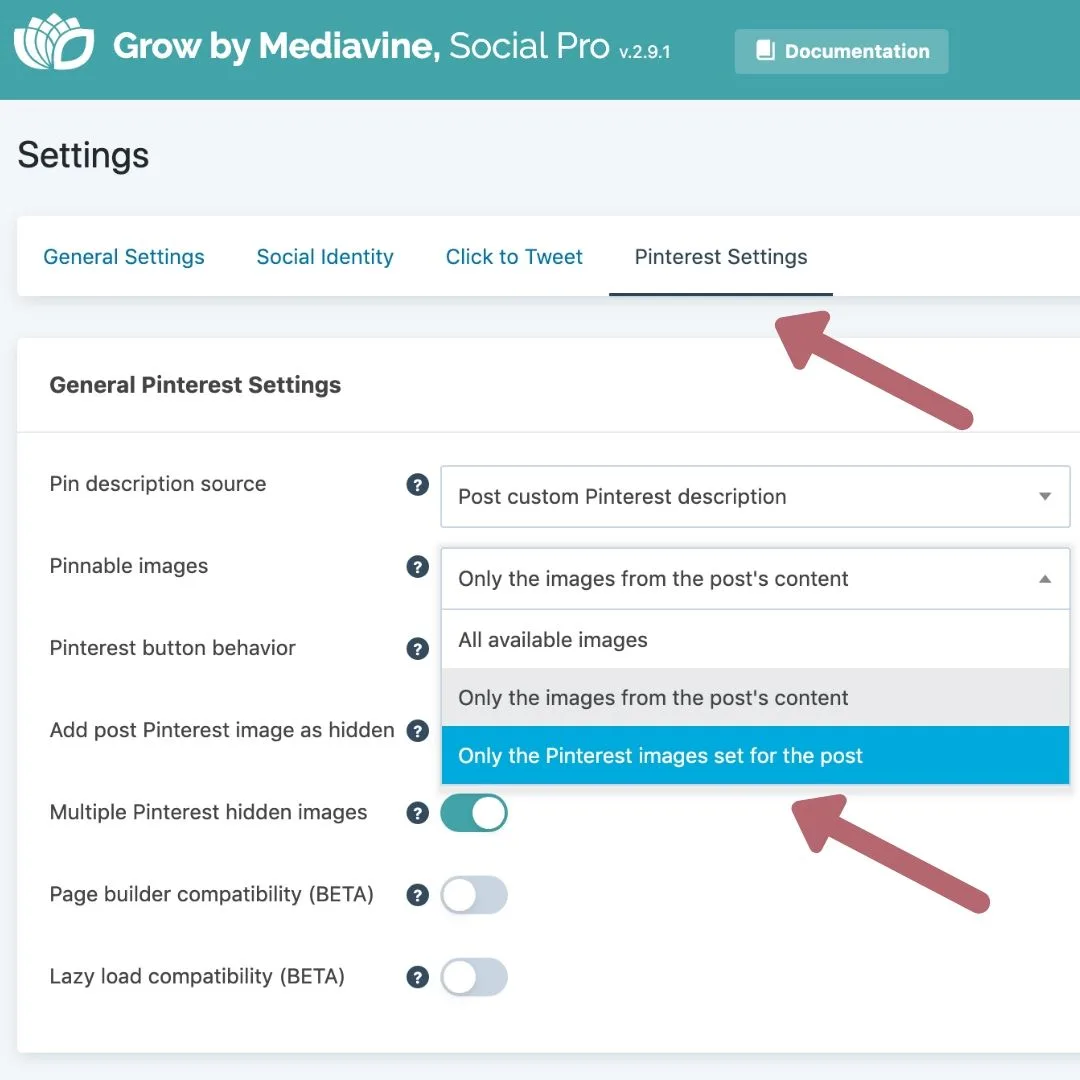Roundup blog posts are still an excellent way to create content if done right. Collecting a series of blog posts into a helpful piece of content is valuable to readers, a great way to create internal links, and a way to offer backlinks to quality blogs and websites.
What is a Roundup?
A roundup blog post consists of several links to posts on a specific topic. The article contains curated and unique content to offer readers a source of multiple answers to a question or a collection of recipes, crafts, or other articles related to the theme of the roundup.

How to do a roundup post the right way
It’s worth mentioning that my experience with creating roundups is mainly with craft and recipe posts. On my main blog, the roundups I create typically include food or crafts.
Another popular way bloggers do roundups is by listing expert opinions or answers to a question. It’s typically a series of quotes from the experts with a link back to their websites.
Examples of roundups
- Here is a good example of a roundup that includes tips from experts.
- This post is an example of a recipe roundup using the “lists” feature from the Create plugin. There’s a little blurb with each link.
- Here’s an older post with a collection of recipes that are organized into sections. Instead of writing a blurb before each link, I wrote a bit under each section’s sub-heading.
Whatever type of roundup blog post you wish to create, here are some best practices to do so in a way that benefits everyone.
Ask for permission to use photos
If you plan to include an image along with the link, you have to ask for the blogger’s permission. As a general rule, you shouldn’t upload an image you don’t own (or have rights to use) to your blog without consent – ever.
To get permission to use a photo and link to a blogger, simply email them to ask. Use their contact form on their blog, or see if their preferred way to reach out is listed somewhere.
Most of the time, bloggers love the chance to get a link back in a quality roundup post, so don’t be nervous to ask.
Another way to gather links and permission is to join Facebook groups. There are tons of Facebook groups for roundups out there, at least within the food and lifestyle blogging community.
Be sure to follow group rules and guidelines. It’s usually as simple as posting your request in a facebook thread. Sometimes the groups don’t allow google forms if that’s your preferred method to gather links.
If you’re a food or lifestyle blogger and looking for groups, reach out to me on Facebook and I’ll hook you up!
Disable pinning on photos that aren’t yours
I don’t think this is a hard and fast rule, but I consider it a good practice. When a reader pins your roundup post, they should only have the option to choose the image you specifically created for Pinterest.
In other words, they shouldn’t have the choice to pin the pictures from the individual recipes within the roundup. Why? A couple of reasons.
For one, if someone on Pinterest clicks that image, they hope to find the recipe for that image, not your roundup post. Two, there’s a good chance that the image is already on Pinterest linking back to the original blog post as it should. I feel like the right thing to do here is have your image designed for your pinnable image the only choice.
To make sure images you don’t own aren’t pinnable is easy. If you use Grow by Mediavine (formerly Social Pug) as your social sharing plugin, there’s a checkbox to disable pinning on an image.

If you don’t use a social sharing plugin, you can add a little code to the HTML of the image to prevent the single image from being pinned.
The code will look like this: <img src=”your-image.png” nopin=”nopin”>. Visit this article here for complete instructions.
Another easy way to do this is to use the settings within Grow by Mediavine to use only the images you specifically set for Pinterest. Then, only the pictures you upload to that section — the bottom of the blog post — will be shown as an option when a pinner comes a pinning.

Include your blog posts
Include as many of your own links as relevant in your roundup posts. It’s a great way to increase your internal links, decrease your bounce rate and keep people on your blog, and strengthen your authority on the topic.
Use as much of your own content as possible while sprinkling in other relevant and helpful links to outside bloggers.
If you’re a food blogger and use Create by Mediavine, the option to create “lists” is excellent for roundup posts. You can pull images from external links without manually uploading them to your blog and it gives photo credit automatically. (Images are still stored in your blog’s media center, it’s just a faster process.)
I’m new to creating lists with Create so I’m still playing around with it, but so far I love it. There are even different layout choices and it’s beyond easy to add links and descriptions.
Note: Mediavine is the ad network I’m with on my main blog, but anyone can use their plugins, and I believe they are free. I’m not being paid to post about them here, I just happen to love their products!
Use your own photos
As mentioned above, you need permission to use photos you don’t own. To keep things simple, it’s beneficial if you can stick to using your own images.
Even if you plan to create a collage for Pinterest, you must ask for permission to use another person’s image.
Do not add a nofollow tag to links
You are not receiving anything in exchange for posting links in a roundup blog post, so there is no reason to add the nofollow tag.
By default, links are dofollow, so you should just leave them as such. If you have a plugin to nofollow external links site-wide, you may want to rethink that. I’m not an expert on linking, but everything I’ve read over the years suggests that Google likes when you link naturally to sites you recommend.
Here is a detailed article to read about nofollow vs. dofollow links.
The nofollow and sponsored tags are generally for paid links. If you nofollow a link to a blogger in a roundup, you will most likely get a few emails requesting you remove it.
All internal links should open in the same window, while external links should open in a new tab.
Add content and a blurb before links
To please the search engines, it’s wise to add content along with the links to the posts in a roundup. Back in the day, we would all just add a huge string of titles with links.
These days, it’s considered a best practice to add a blurb before each link. Not only will you give Google something to crawl, but it also improves the user experience to explain what the reader will find should they click the link.
Encourage sharing, but don’t demand
Many of the bloggers I know are eager to share a roundup they are featured in across their social media channels. Personally, whenever I get a pingback, I immediately schedule out some shares.
However, I don’t recommend making this a demand or condition to be featured. If you use a form to collect links, you can ask if the blogger would like an email once the link is live.
If you collect links through Facebook groups, it’s sometimes okay to tag the people you feature with a link to your finished post in that same thread.
After that, let the sharing happen organically. Don’t have expectations so you’re pleasantly surprised should you happen to receive shares!
Ways to collect links
As mentioned above, many times in Facebook groups, you create a thread to request links. If you do it that way, I would take a screenshot and save it to a folder on your computer or Dropbox.
Maybe this is overkill, but you are asking for permission. Isn’t it wise to save the proof of that?
Years from now, if you’re ever accused of using an image that isn’t yours, you’ll have the screenshots as a record to prove you received permission.
Another way to collect links is to create a form, usually through Google drive. This way, it’s all in your drive until you delete it. In the groups I am in, many people seem to skip over the forms, so keep that in mind.
Roundups are easy!
I feel like this was a lot of info for simple roundup posts. I promise once you do a few they are a breeze!
If you follow these guidelines you will be on your way to creating roundup posts that benefit everyone.
